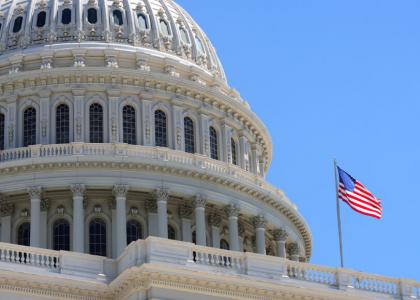In the absence of federal requirements for energy savings, states are leading the way with effective, forward-looking energy efficiency policies. More than half of them have adopted energy efficiency resource standards (EERS), policies that set long-term mandatory energy savings targets for utilities and efficiency program administrators. This paper analyzes states’ progress toward meeting these targets.
Key findings:
- States with EERS policies are generally on track to meet long-term savings targets, and they are making a substantial contribution toward nationwide energy savings. They planned to save a total of more than 18 million MWh of electricity in 2012, and they actually saved over 20 million MWh, enough electricity to power nearly 2 million homes for a year.
- If states continue to meet savings targets—and legislators and regulators maintain these targets in years leading up to 2020—the combined annual electricity savings from the 26 states with EERS policies will be equivalent to 6.2% overall electricity sales in the United States in 2020.
- Achieving increasingly higher levels of savings will require political support, regulatory clarity, utility business models that reward energy efficiency, and cutting-edge program design.


